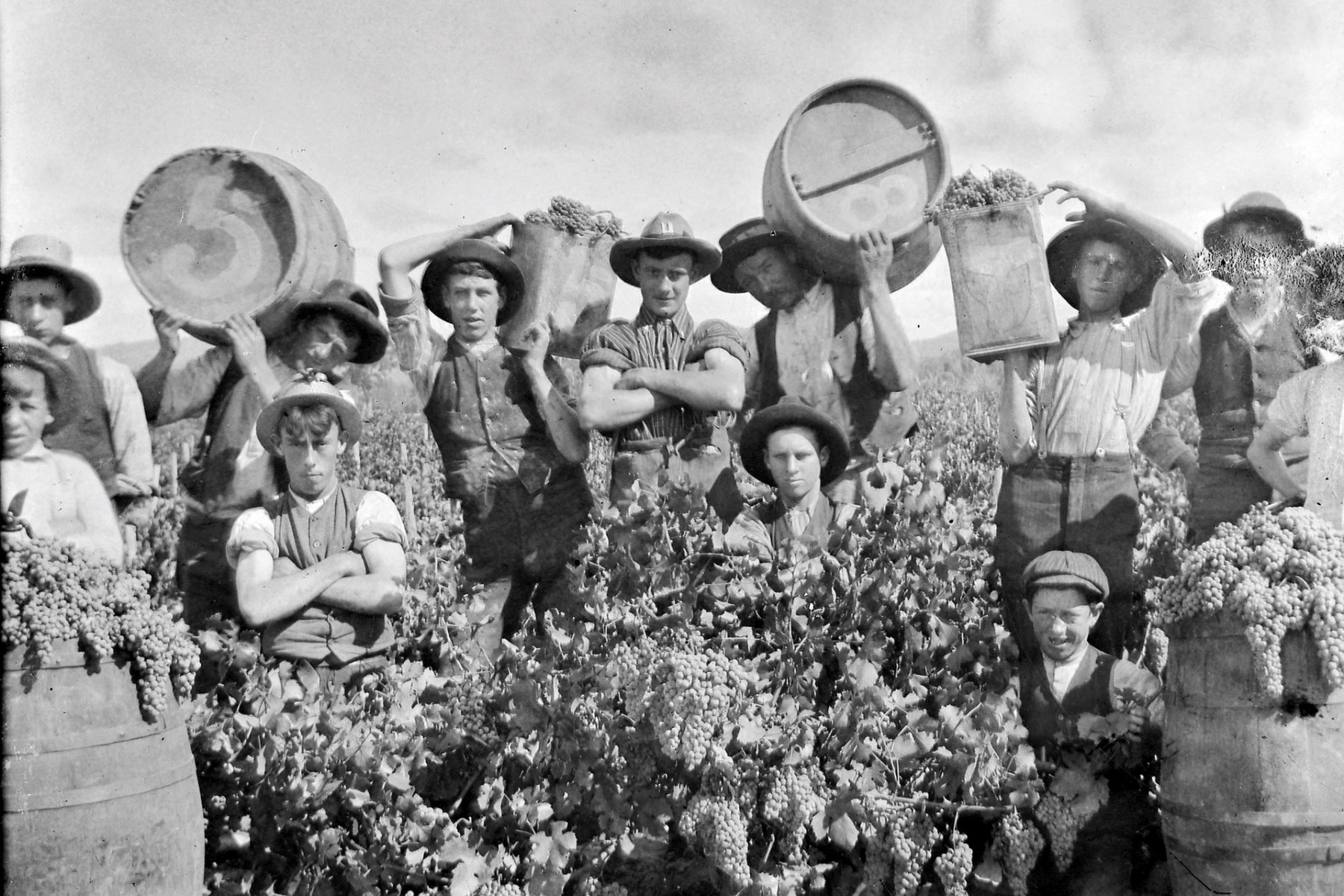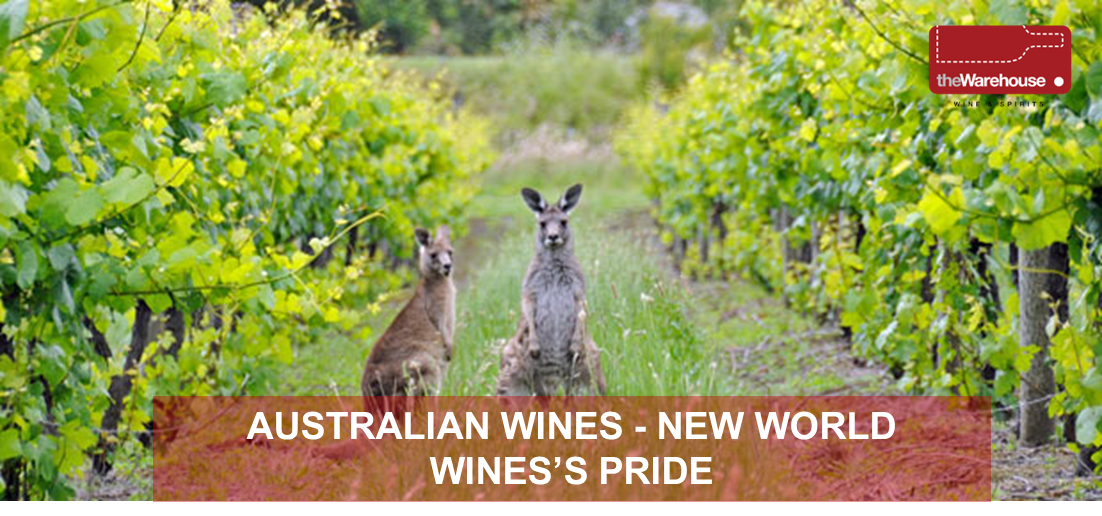WINE AND NO KANGAROOS
Australian wines have always been exceptional in the world market for their profitable balance between quality and price. That is exactly why they were one of the first New World wines to flood the supermarkets of London and other world's capitals and megapolises. In the year 2000, the country faced certain problems with its status in the world arena, especially in the frame of the thick and fast expansion of Chile, Argentina and South Africa; but this had little to none effect on the quality of production of hundreds of thousand of bottles from small and historic wineries, scattered across the mainland. Australia counts about 2500 wineries, wherein 15 biggest companies produce as much as half of all Australian wines and own only 20% of all the vineyards of the country.
HISTORY OF ONE ABSOLUTELY FREE COLONY
The winemaking of Australia on the industrial scale began in the 1840s, in the regions of New South Wales, Tasmania, Western Australia, Victoria and South Australia, and at that time, was majorly based on the vast collections of grape varieties brought from Europe via South Africa.

Unlike Eastern Australia, which was inhabited by convicts sentenced to hard labor, mainly of British origin, South Australia was defined as "perfect imbodiment of the best British society’s qualities, without religous discrimination and unemployment”. The development of South Australia was planned and executed without the financial support of the British government. The resettlement of the convicts to South Australia was prohibited; on the contrary, only families from the Old World were encouraged to come here for settlement. The territories for colonialists were sold (and not given for free compared to the Eastern state), and all the revenue was used to move people to their new places of residence.
One of the key figures in the development of South Australia winemaking was an English banker, industrialist and philanthropist George Fife Angas. He funded the reclamation of lands from the government at the very dawn of colonization, when South Australia still lacked colonists, and later on started selling those lands to the immigrants for resettlement.
With his support and protection, a vast group of newcomers successfully settled in the region, more than 5000 people found new homes: Germans, Lutherans, and many others who were repressed in their homelands due to their religious belief. Angas also credited many farmers, and in 1840-1850s, the first vineyards in South Australia were planted. Observing the works done in the region, Angas hired a geologist, Johann Menge, so he could deliver a verdict regarding the potential of the soils. Menge came to a sanguine conclusion: "I am absolutely certain that soon we will see in this “new Silesia” vineyards and fruit gardens and immerse field". As one can see nowadays, he was absolutely correct. Thanks to such tremendous support and impressive investments in the region, the administrative center of Borossa, city of Angaston, was named after George Angas.
When it comes to the culture of wine per se, In the 19th century most of the Australians were not particularly fond of drinking it, however in the meantime the wine of South Australia became a bestseller in the Old World and was successfully sold in England thanks to the friends and supporters of the new colony. In the 1860s, England increased the tax on the South African wines, which gave Australia a new excellent opportunity: by the 1900s their wine export skyrocketed from merely 264 hectolitre (HL) to nearly 20000 HL per annum. Dry wines at that time were in minority, most of the Australian wines were mostly Port or Sherry, which went on as the main trend until the 1970s.



